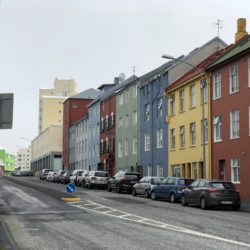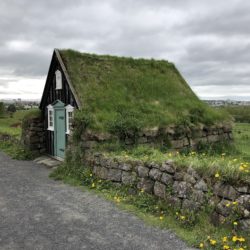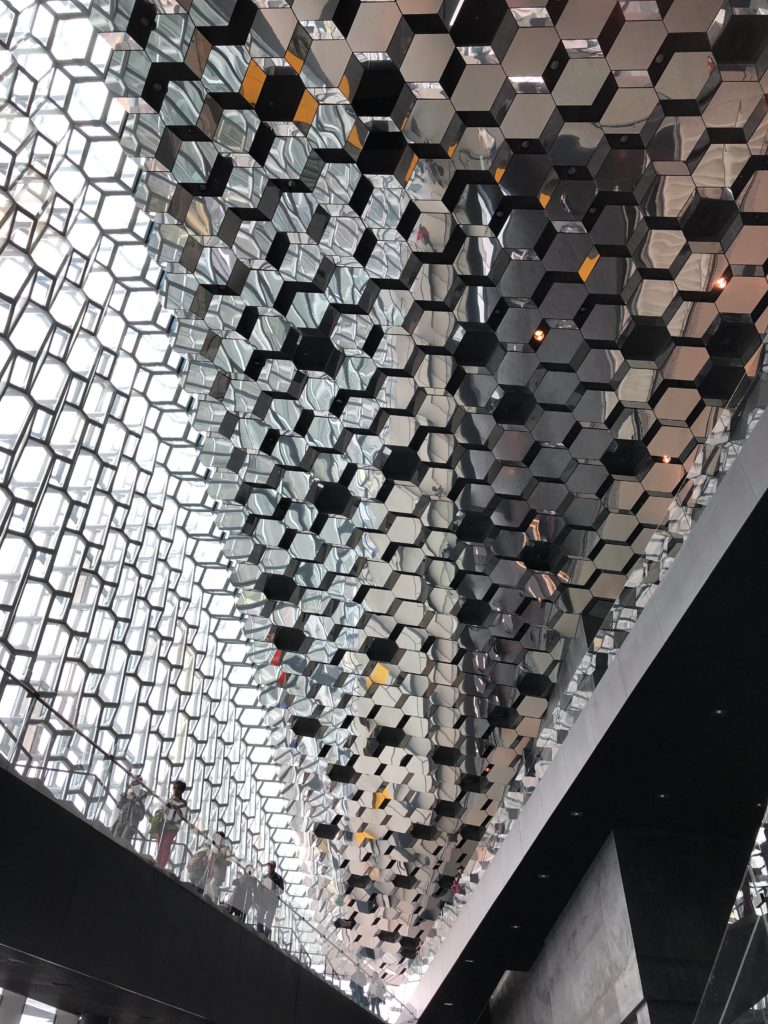
Reykjavík’s art scene can’t be contained by a single post, so I’m back with Part II, which will feature the National Gallery, Culture House, Harpa Concert Hall and the National Theatre. If you missed Part I on the Reykjavík Art Museum, check it out HERE.
Listasafn Íslands (The National Gallery of Iceland)
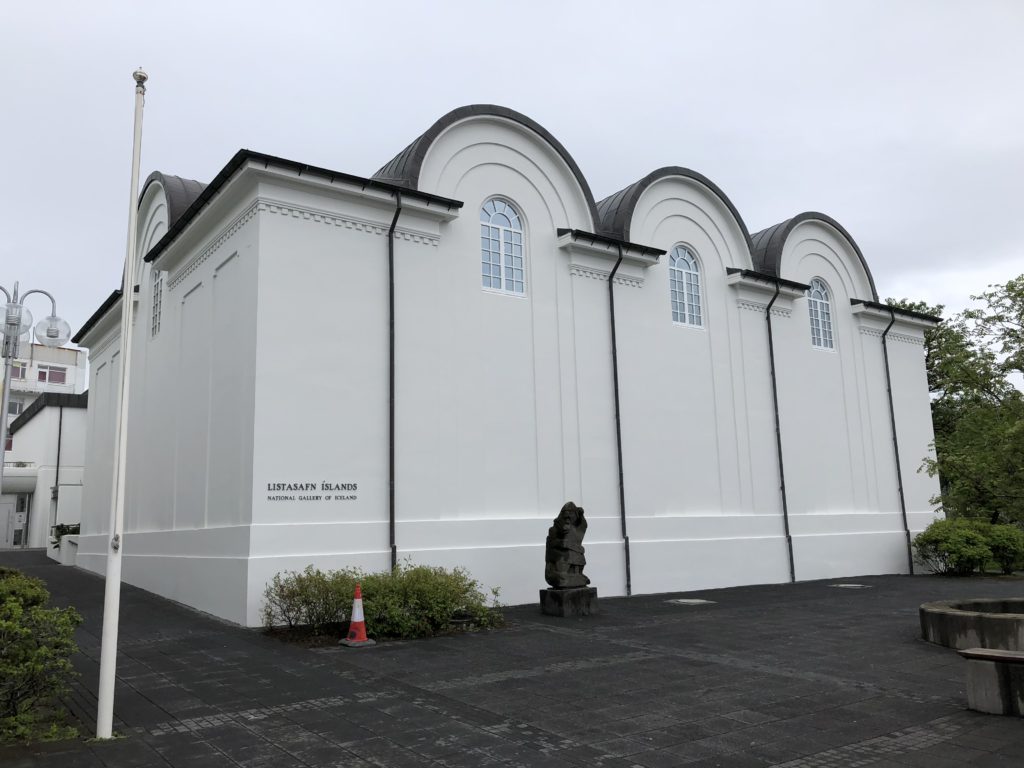
Listasfn Íslands is not your typical “National Gallery” that can be found in most Western European capital cities. If you go expecting the usual exhibitions featuring the great Dutch, French and Italian masters, you will be setting yourself up for disappointment. The institution may be dubbed the “National Gallery,” but it really should be called the Icelandic Modern Art Museum, or a similar moniker thereof. The permanent collection is mostly made up of Icelandic art from the 19th and 20th Centuries; “Treasures of a Nation” is the current selection on display through the end of 2019.
There are strictly no photos allowed in the museum, but like the “No Man’s Land” exhibition at the Reykjavík Art Museum, many of the artists used Iceland’s natural landscape as their primary subject matter. Painters had little interest in creating life-like imitations of the mountains, lakes and glaciers that make up the countryside. Nature holds too much mystic power in Iceland for that type of literal interpretation. Even the earliest works on display are highly impressionistic and painters quickly followed contemporary trends when portraying their subjects.
One of my favorites was a large installation of 40-50 photographs of people trying to rescue cars and buses overtaken by rivers in the Highlands. Despite the circumstances of people attempting to save their vehicles, there was a comic undertone to witnessing the futility of humans pulling on a tow-rope when up against nature’s full-blown power.
Safnahúsið (Culture House)
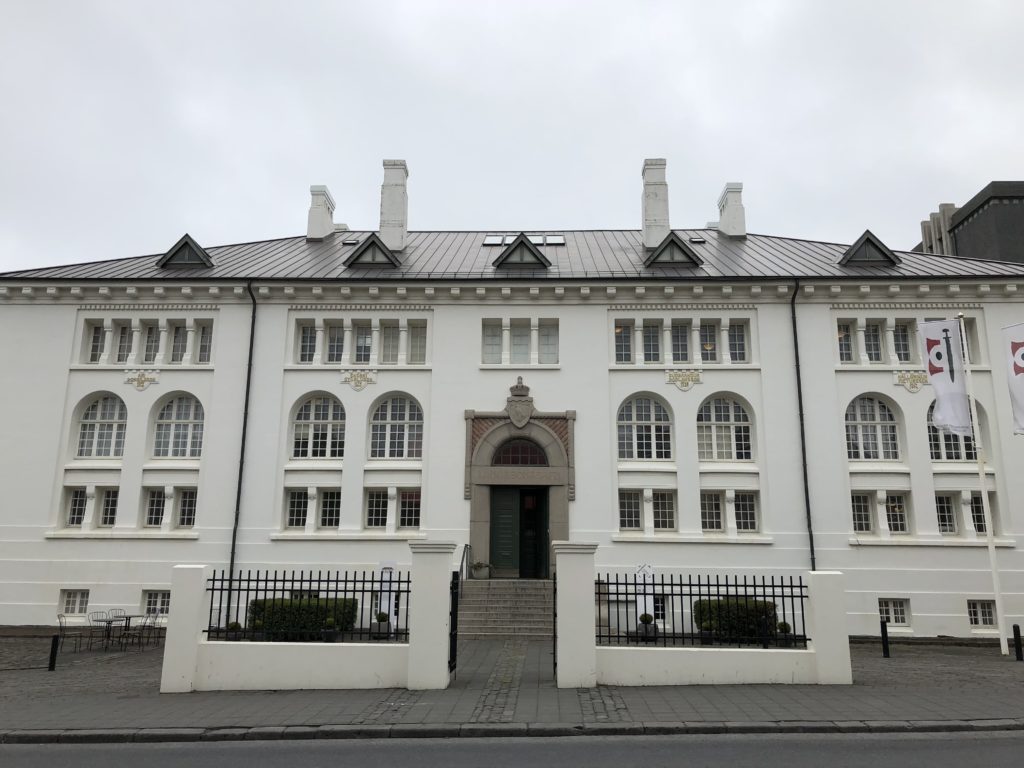
The Safnahúsið (Culture House) was one of my favorite museums in Reykjavík. Construction began in 1906 for the purpose of holding the National Library and Archives. One of the staff told me that she often hears visitors remark, “Oh, what an amazing mansion that they’ve turned into a museum,” but she is quick to point out that this is not true. So many (art) museums across the world are housed in former palaces and residences, but it’s a mark of pride that Icelanders established buildings for the sole purpose of preserving their artistic and historical heritage.
Throughout its history, the Safnahúsið has been home to the National Gallery, National Museum and National Museum of Natural History. As each of these institutions passed in and out of the building, the locals began to refer to it as the “Culture House” and the name stuck. Today the museum is technically a branch of the National Museum, but all the aforementioned establishments have contributed to the current exhibitions. Because of this, the exhibits are not presented in a chronological order, but rather are organized by theme. A 15th Century painting may be next to a 18th Century book, which is in turn next to a 21st Century piece of furniture. The same staff member told also told me that this can throw people off a bit. Safnahúsið doesn’t tell you what to think or how to interpret the art. You are left to your own devices and allowed to form your own opinions. I’m glad I visited on my final day in Reykjavík, allowing all the nuggets of history, nature, art and culture to kind of fuse together and cause this collection to click.
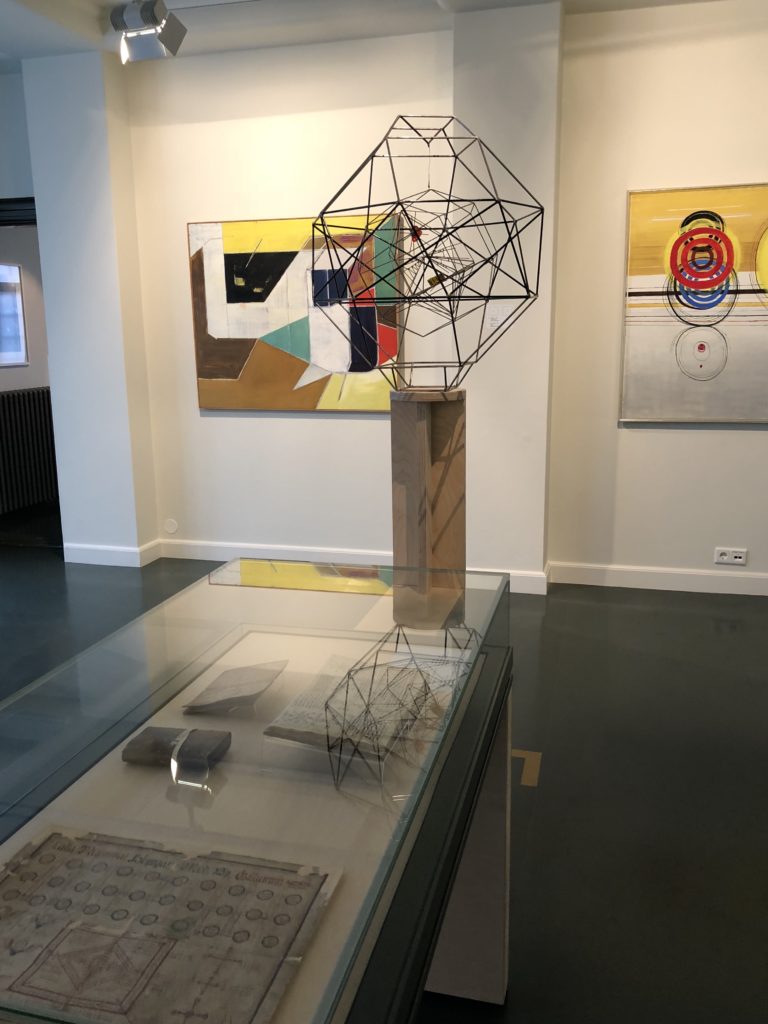
This room was one of the my favorites in the museum and perfectly illustrates what I was explaining above. The exhibit was devoted to mysticism in Icelandic culture: in the glass case are books of witchcraft dating from 1670 and 1773; surrounding this are modern sculptures and paintings representing the spirits in Iceland’s Highlands. [Side note: Salem wasn’t the only city in the world to have witch trails. There were 120 witch trials in Iceland between 1625 and 1683, with 25 of the verdicts resulting in burning at the stake. Most of the accused were male; only one woman was burned alive.]
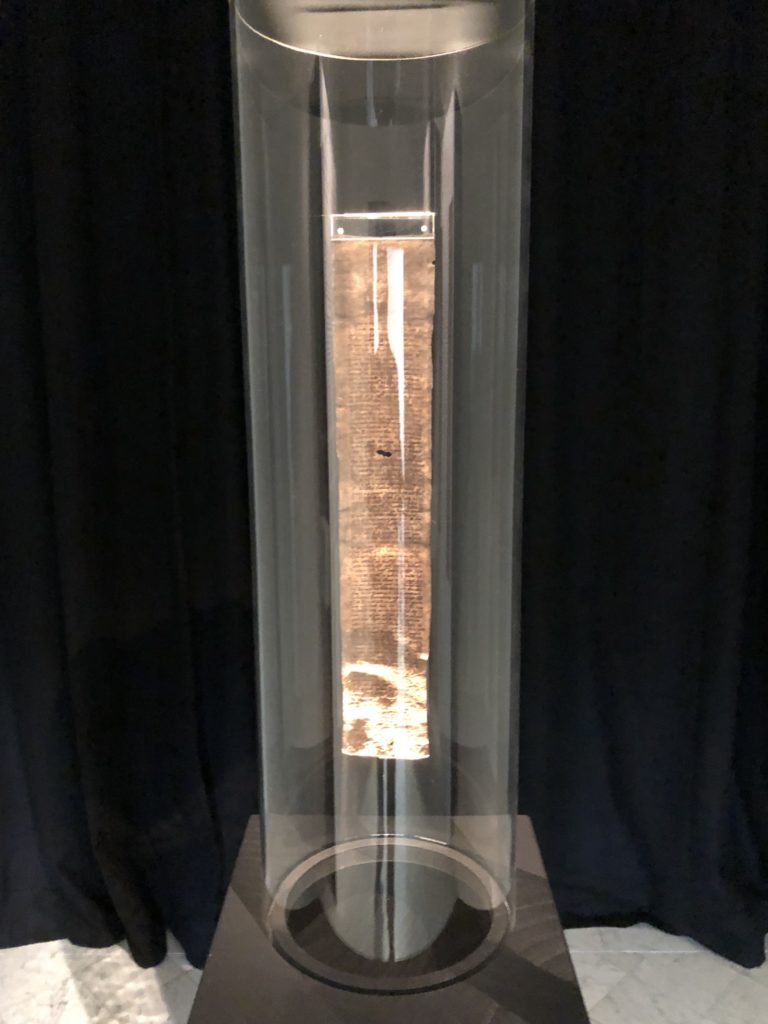
This contribution from the National Library is known as The Colic Leaf, a 400 year old piece of vellum that contains a spell to exorcise gout and colic in both Latin and Icelandic. Even the Catholic Church in Iceland embraced the pagan traditions that had come before it and incorporated them into their Christianity.
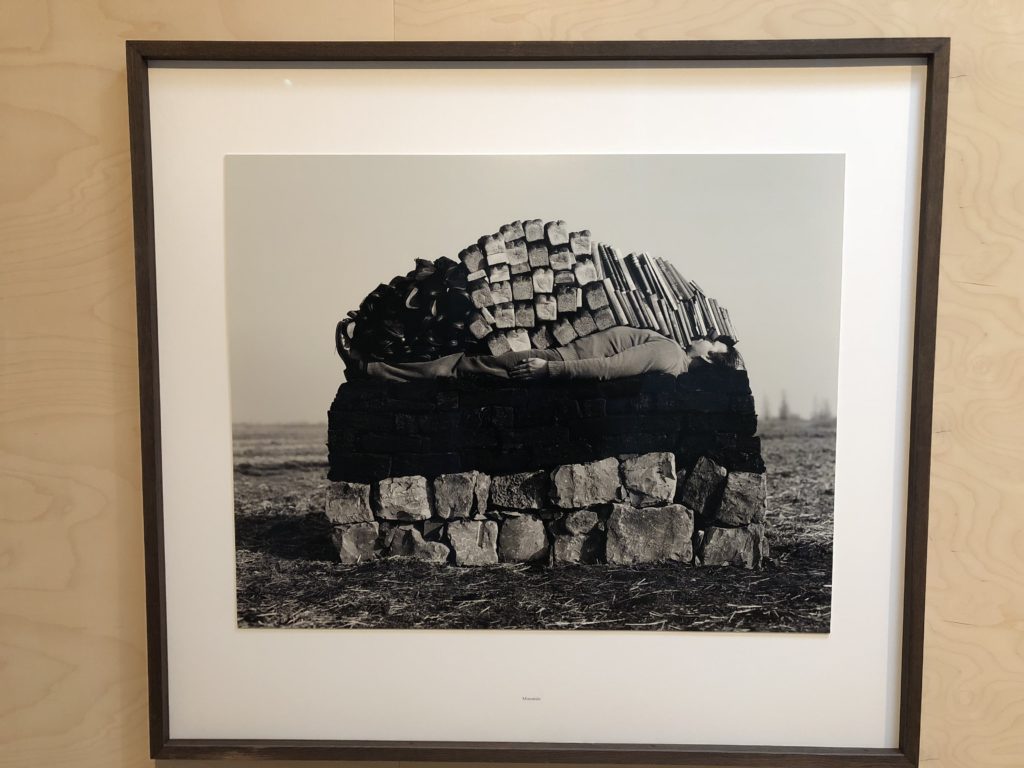
I can’t repeat myself enough: Icelanders are obsessed with their connection to the natural world around them. In this photograph titled “Mountain,” humankind is literally forming a layer of a mountain topped with shoes, loaves of bread and books. There is no extraction of nature from the citizens of this island, even the urbanites of Reykjavík.
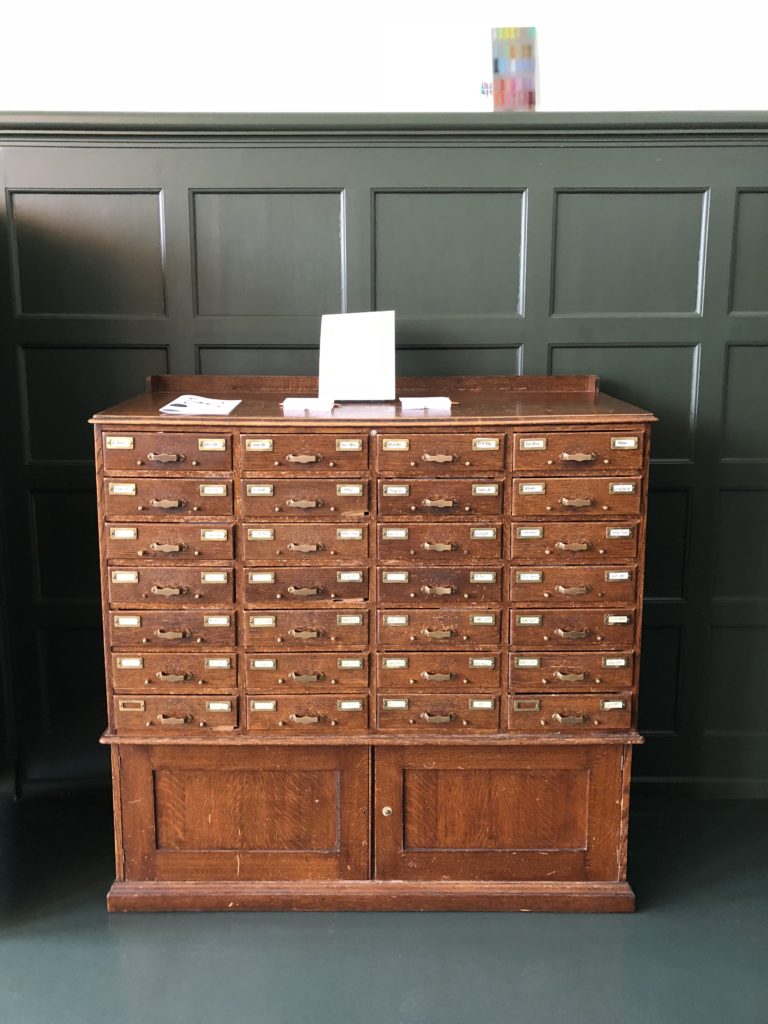
The Safnahúsið had one of the coolest museum guestbooks I had ever seen. Instead of scrawling a message and your name in an actual book, you were asked to fill out a library catalog card and then file it correctly in alphabetical order in the original catalog system case.
Þjóðleikhúsð (National Theatre of Iceland)
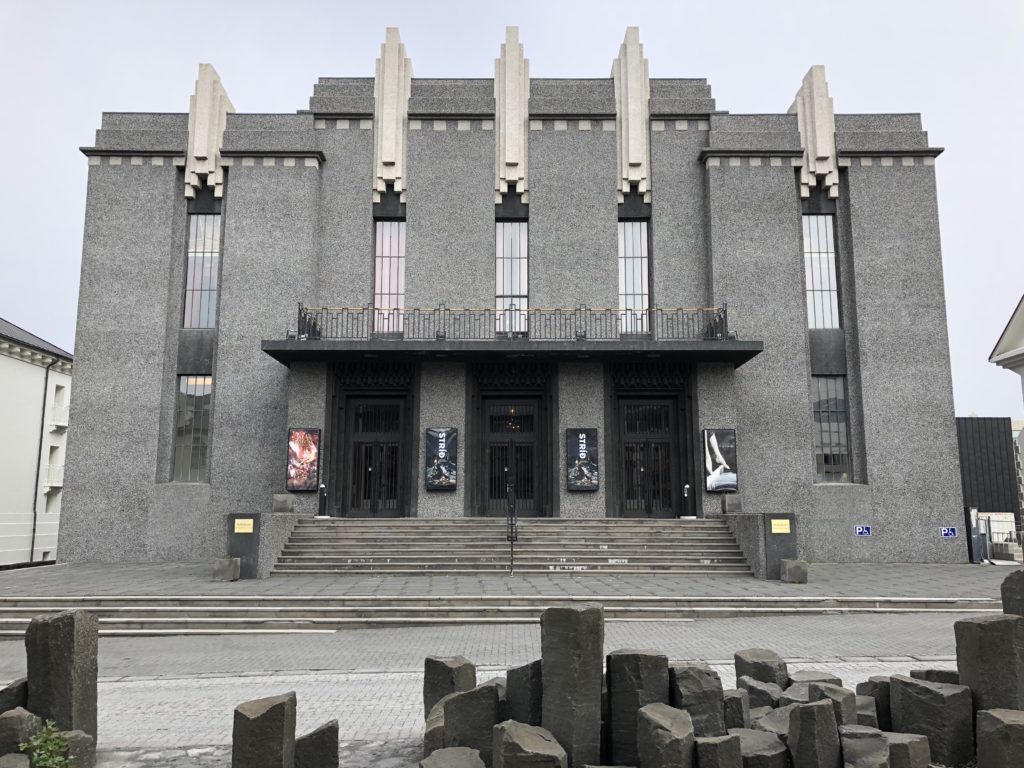
Right next to the Safnahúsið is the Þjóðleikhúsð (National Theatre of Iceland). The theatre was built in 1950 to be the “Palace of the Elves,” as Icelandic elves live inside rocks and humans can enter their domain through the song and dance that the theatre would provide. Today, the theatre puts on mostly dramatically works in Icelandic.
Harpa
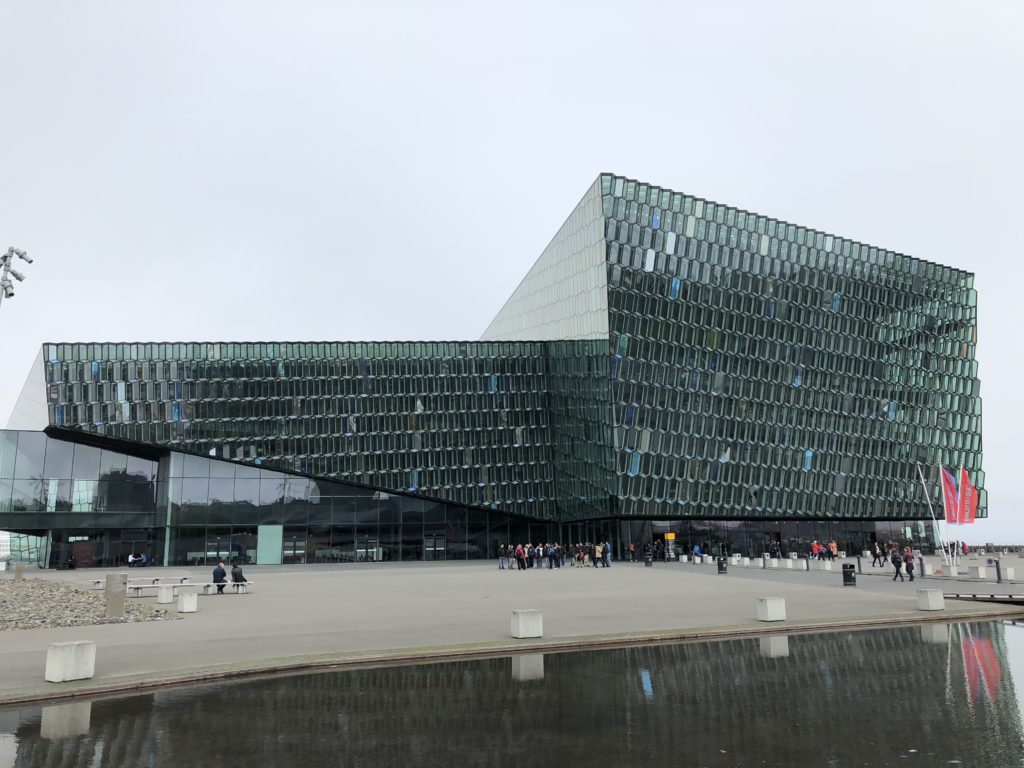
Harpa Concert Hall has only been open since 2011, but it has already become one of the most recognized symbols of the city and the architecture is like nothing else in Reykjavík. Construction began in 2007, but quickly ground to a halt in 2008 when the financial crisis hit. For a while it seemed that the building would sit incomplete indefinitely, but Iceland’s government stepped in and agreed to foot the rest of the 164 million Euro pricetag. Iceland is the only country in the world to not bail out any of their banks during the financial crisis. Numerous scandals came to light, linking politicians with bankers that ended several high-profile careers. The government decided to put any money they would have used to bailout the banks into social programs like unemployment, which spiked in the following months. Harpa still remained a priority for the people and for a time it was the only active construction project in all of Iceland.
The building is thoroughly impressive in person; it’s one of those situations where the pictures truly don’t do it justice. The glass walls are comprised of 3-D glass rectangles that refract light in beautiful ways. It’s like a giant version of Glinda’s traveling soap bubble.
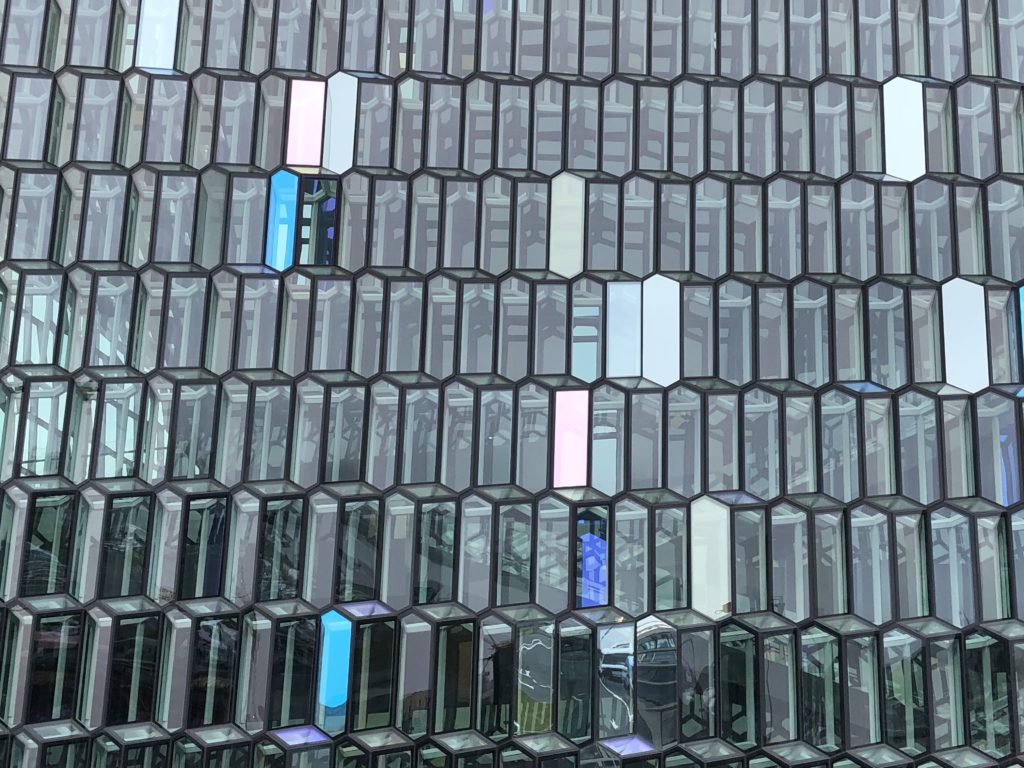
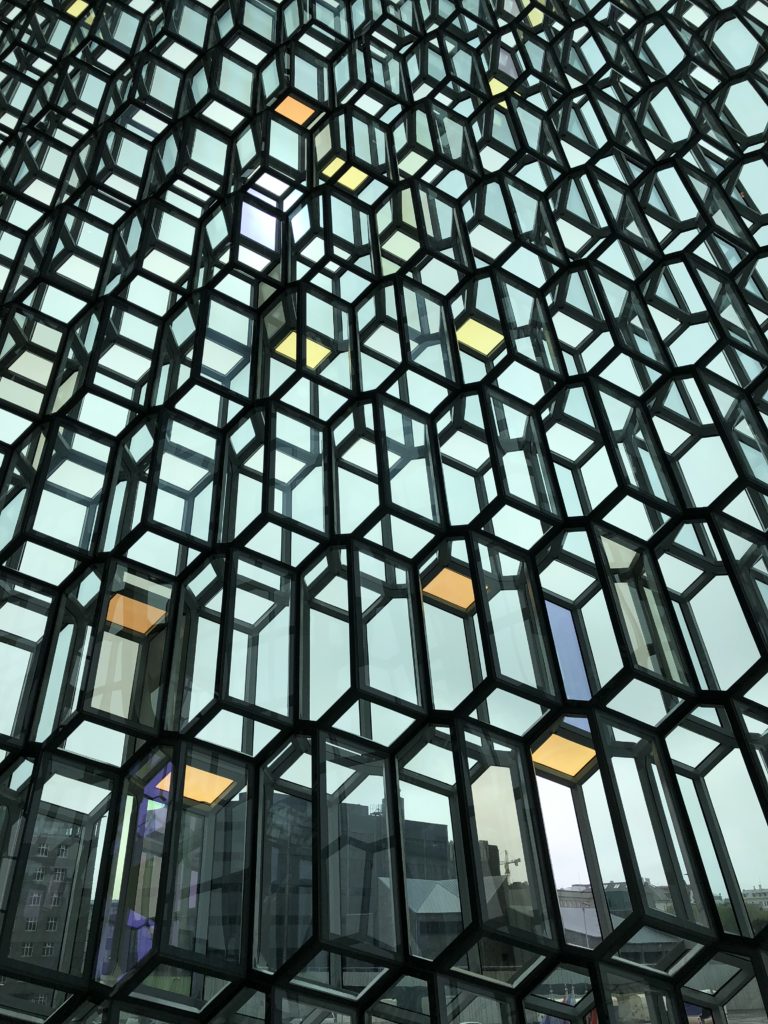
Of course, not only is Harpa a work of art itself, but it is also the home to the Iceland Symphony Orchestra and The Icelandic Opera. The Reykjavík Art Festival had commandeered space to set up some temporary art exhibits as well. Daily tours are available, but I could seem to get myself there at the right time to catch one.
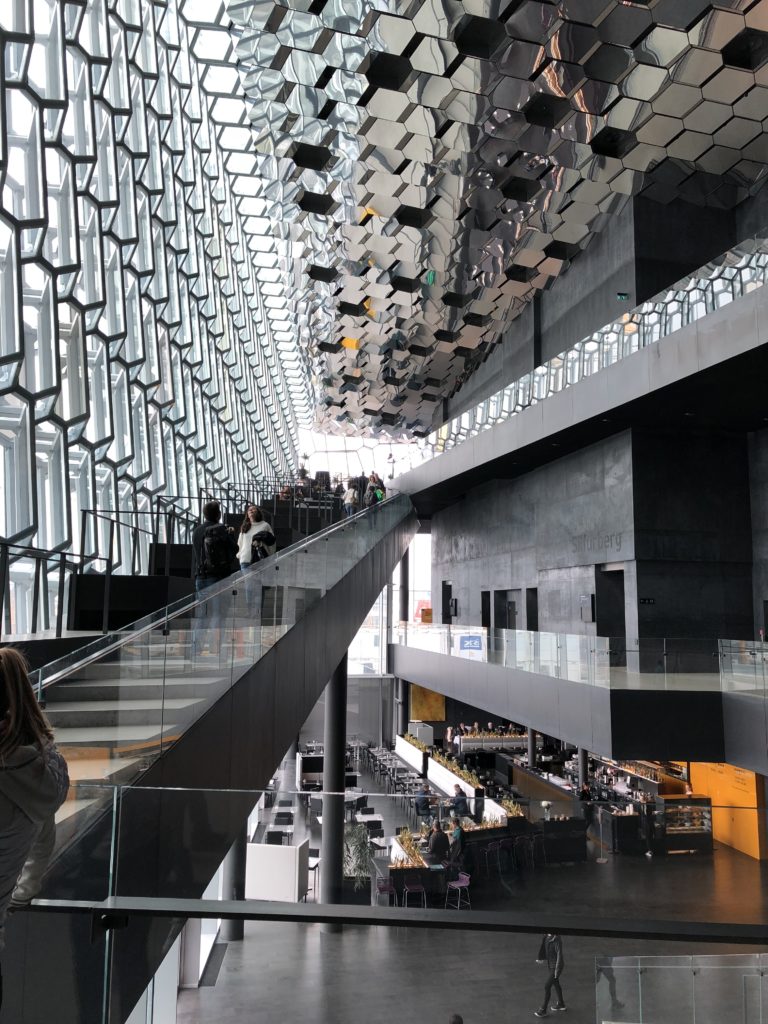
It looks like two posts won’t be enough for all of the right in Reykjavík either, so look out for Part III to drop soon!
